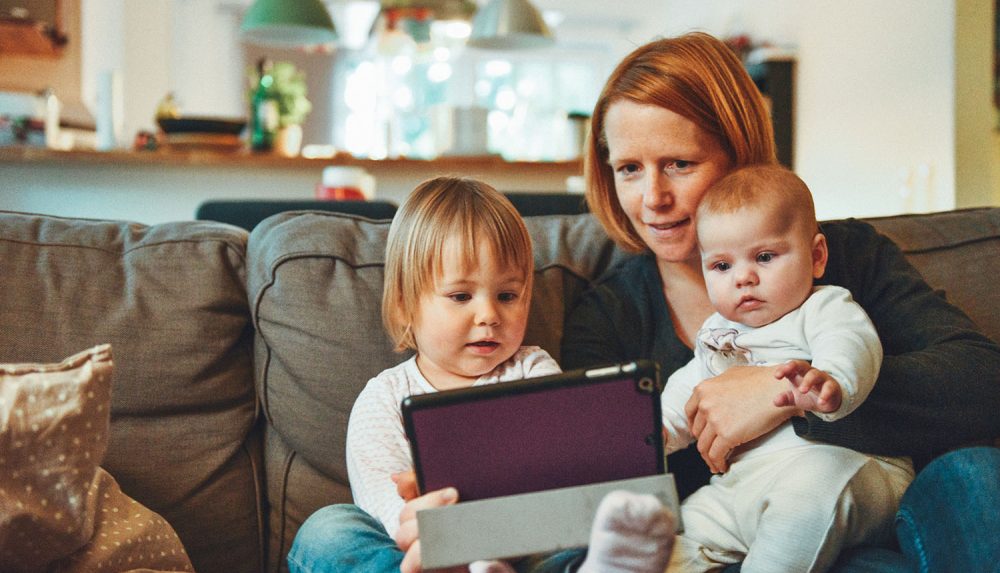Most people think of their homes as one of the safest places. However, injuries at home are quite common, especially among children. If you have infants and toddlers in your house, then their safety should be the utmost priority.
Children don’t understand the danger around them. And as they grow, they become curious. Because of this, you may need to alter some things in your house to make sure your kid doesn’t get hurt.
It is important to inspect every room in your house and identify the dangers for your child. Here’s a list of some items that need your attention.

Tips for Babyproofing your Home:
1. Preventing falls at home
It is essential to check on the new skills that your child is learning and the new places that are reachable and then modify your home accordingly. For example:
- When your child starts crawling, you should fix safety guards at every entry, stairs, and balconies. But, it would help if you still supervised your child around stairs and balconies.
- It is necessary to keep the windows locked when your child starts climbing, particularly upper-story windows. Restrict window openings or shield them with window guards. This will prevent your child from climbing from the window out and falling.
- Never leave your child alone on a raised surface such as a bed, sofa, table, or anything from which they can fall off. An accident can happen even if you are looking away just for a second. You can follow some parenting blogs to know more about children’s care.
2. In the Bedroom
- Crib: Choose a crib with bars not more than two inches apart. If the space between the bars is too far, there are chances your baby can slip through in between bars.
- Use power-point covers.
- Move furniture with sharp corners away from the places where your kid runs around, like near doorways and hallways. If you can’t move the furniture, stuff its corners with foam or corner protectors. Do you need to know where to place Laughing Buddha in your home? It is essential to know.
3. In the Bathroom
Your child can drown even in very little water; you should always stay with your child in the bathtub. NEVER leave your child alone in the bathroom or tub, not even for a minute.
4. In the Kitchen
- Turn the handles of the vessel toward the back of the stove.
- Use the back burners for cooking.
- Keep hot foods and drinks away from your child’s reach and aside from the edge of the table.
- Put knives and other sharp objects out of your child’s reach.
5. Choking and Suffocation
You must remove all the cords that could get around your kid’s neck. Also, tie up electric cords and curtain cords at least 1.6 meters above the ground and make sure it is out of your child’s reach.
Despite following all this, you still need to keep a watchful eye on your child.
You can create your own home safety checklist by identifying all the possible hazardous spaces by taking reference from the above-mentioned points and make your home is safe for an active toddler.
Supervision is the key to your child’s safety.
Prevention is better than cure!

